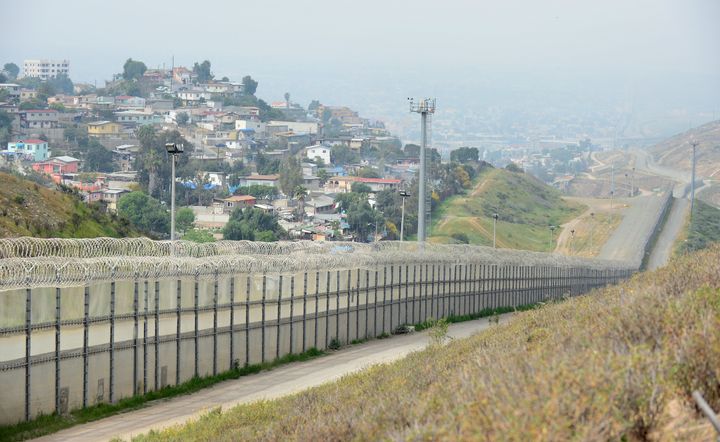
A study released on Thursday confirmed what many people who have been following the national immigration debate have understood for years: Immigration from Mexico has plummeted sharply since the onset of the U.S. economic crisis in 2008 and it isn’t likely to shoot back to historic levels anytime soon.
More Mexican immigrants returned to Mexico than arrived in the United States from 2009 to 2014, the report said, citing a slew of reasons ranging from family reunification to economic malaise in the U.S. to tougher border enforcement. Pew estimates a net migration flow back to Mexico over that period of roughly 140,000 people.
The study confirms a historic shift that Pew first noted in 2012, when the organization first estimated that net migration from Mexico had fallen to zero, or “perhaps less.” Shannon O’Neill, a policy analyst with the Council on Foreign Relations who specializes in Mexico, estimated in a 2013 book that within a decade the U.S. would have to turn to Mexico to help fill a coming labor shortage as migration from our southern neighbor declines and the baby-boom generation goes into retirement.
These studies show how far the Republican immigration debate has hurtled away from reality, particularly since the rise of billionaire real estate mogul Donald Trump, who famously described Mexican migrants in broad strokes as “rapists” who are “bringing crime” and “bringing drugs.” Louisiana Gov. Bobby Jindal, who dropped out of the race this week, described the current state of immigration as an “invasion.”
Even Republican presidential candidates that take a more nuanced view toward immigration, like former Florida Gov. Jeb Bush or U.S. Sen. Marco Rubio (R-Fla.) refuse to consider addressing the status of undocumented immigrants living in the country unless the federal government commits to additional border security spending likely totaling in the billions of dollars -- despite the fact that far fewer people try to cross illegally these days than they did a decade ago.
To judge from the obsessive focus on immigration over the course of the Republican Party primary, it would appear that illegal immigration has reached an all-time high and the government has lost its ability to contain it. In fact, as the Pew study highlights -- and as we’ve pointed out repeatedly since 2012 -- the opposite is true.
Of course, not everyone who tries to cross the U.S.-Mexico border is Mexican. Recent years have seen an uptick in illegal migration from the violence-plagued Central American countries of El Salvador, Guatemala and Honduras. More Central Americans were apprehended for crossing the U.S.-Mexico border illegally in 2014 than Mexicans, marking a historic shift.
But unaccompanied children and mothers traveling with kids accounted for well over half of the roughly 257,000 Central Americans apprehended last year. They routinely present themselves voluntarily to border authorities upon crossing in to the United States and proceed to claim asylum or some other form of humanitarian relief. Others do so at legal ports of entry. To portray people in those circumstances as a security threat stretches the bounds of credibility.
The “secure the border first” mantra rattled off by immigration hardliners would only make sense if we were truly experiencing a crisis. There’s simply no reason to believe that we are. Twenty years ago, we had less than half the roughly 20,000 Border Patrol agents we have today. In 2000, border authorities detained 1.6 million people for crossing the U.S.-Mexico border illegally. By last year, that figure had dropped to just 479,000. Cities on the Southwest border are among the country's safest.
One might hope that the Pew study released on Thursday will put a damper on alarmist talk of a border security crisis. But if the last three years offer any guide, it won’t.
